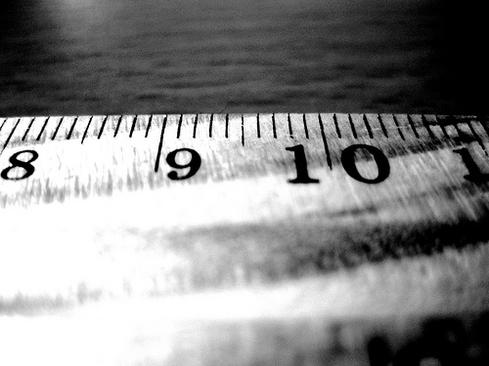Online reporting is not yet mandatory, but Advisory Board consultants suggest hospitals get prepared.

The Centers for Medicare and Medicaid Services (CMS) won't require hospitals to report clinical quality measures electronically in 2014, but two Advisory Board Co. consultants wrote in a recent blog post that healthcare organizations with adequate IT resources should take advantage of the CMS option for electronic reporting next year.
Not only will this save them considerable time on manual chart abstraction, but it will also prepare them for the electronic reporting mandate expected after 2014, Robin Raiford and Anantachai (Tony) Panjamapirom wrote.
The electronic reporting option for next year is the first step in aligning the reporting of clinical quality measures (CQMs) in the CMS Inpatient Quality Reporting (IQR) program and the EHR incentive program. Hospitals that choose this option can submit patient-level data electronically on the 16 CQMs required for Meaningful Use and have that data count toward the IQR requirement that they report on 57 CQMs that include those 16 measures. In addition, they have to report electronically on the aligned measures only for a single quarter, though the IQR reporting period is the full calendar year.
[ Is this the way to achieve engagement? Read Patient Portals Aren't Very Patient Centric.]
Alternatively, hospitals can continue to report CQMs separately for each program. If they select this approach, the consultants wrote, they'll have to use manual chart abstraction to collect data for all the CQMs in the IQR program, and they'll have to submit aggregated quality data via attestation to the Meaningful Use program.
Organizations that choose electronic reporting will save considerable staff time on chart abstraction, the authors wrote. According to the CMS 2014 final rule for the Inpatient Prospective Payment System (IPPS), the average hospital that reports electronically will save more than 800 hours -- the difference between the estimated time it takes to gather the data through chart abstraction for a full year (816 hours) and the estimated time required to submit the measures electronically for one quarter (less than three hours).
This seems like a no-brainer for hospitals, but most providers found it next to impossible to harvest accurate quality data from their EHRs in stage 1 of Meaningful Use. Hospitals had to have nurses supplement the computer-generated data with manual abstraction, and they had to design other workarounds to collect the information.
Raiford admitted to InformationWeek that this has been a giant problem for hospitals, but she argued that it has been largely fixed in the EHR certification process for Meaningful Use stage 2. The Office of the National Coordinator for Health IT (ONC) has done a better job of defining the data elements that certified EHRs must be able to produce for quality reporting, she said, and it has created a process for continuous CQM improvement.
"There is an impressive level of clarity around CQM reporting in 2014 software that did not exist in 2011 certified software," she said. "There are documents for how to implement CQMs that are updated on a regular basis. And there is also a very active website to address any issues with the quality measures hosted by ONC. This is managed by contractors who are national experts in clinical quality measures."
She acknowledged none of the stage 2 electronic CQMs has been field tested yet. Only a handful of Advisory Board clients are planning to try them out in the federal government's fiscal second quarter (which will start Jan. 1) or third quarter (which will start April 1). Most hospitals that intend to report electronically will do it in the fiscal fourth quarter. She recommends doing a dry run well before that, not only on quality reporting, but also on other Meaningful Use requirements.
Some hospitals have expressed another concern about electronic quality reporting to the IVR program. They worry the data (like the manually abstracted data) will be used to score them on Medicare's Hospital Compare website. But CMS officials have promised they will not do that at this stage in the game.
Moreover, Raiford said, "One reason CMS chose the 16 IQR measures they did is that there's no performance threshold required for those. They stayed away from the value-based-purchasing program CQMs that require thresholds. They wanted to start with something simple and not make it complicated."
She strongly suggests that hospitals consider jumping into electronic reporting of CQMs next year. Beyond the certitude that the CMS will make this mandatory sometime in the next few years, the ability to generate quality data directly from an organization's EHR could be an enormous help in quality improvement efforts.
Why not do the same with manually abstracted data? "What's in those chart pull abstracts is not known electronically to the people on the [hospital] floor," she said. "It's known to the people in the quality department who pull the data. But I seriously doubt there's some follow-through process unless you see a trend, and you can't see a trend on paper."
Though the online exchange of medical records is central to the government's Meaningful Use program, the effort to make such transactions routine has just begun. Also in the Barriers to Health Information Exchange issue of InformationWeek Healthcare: why cloud startups favor Direct Protocol as a simpler alternative to centralized HIEs (free registration required).
About the Author(s)
You May Also Like







